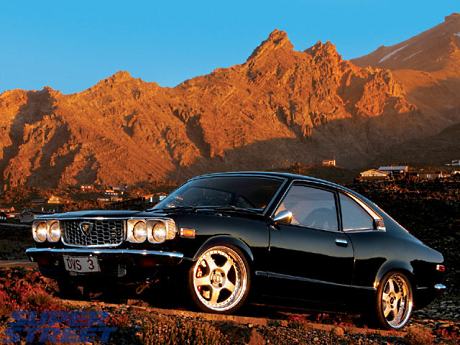Rare Bosozoku cars: Nissan Cedric 230
This week we feature the Nissan Cedric (and Gloria) 230. In contrary of the Cedric/Gloria 330 it is a rare bosozoku car and we had a very hard time to find more than one picture!
Some time ago we featured a video of it already:
This full version shows everything about this great Cedric: it is spacious, it looks bad, got a great horn and this hardtop version doesn’t have a B pilar!
We even managed to find a picture of this beauty:
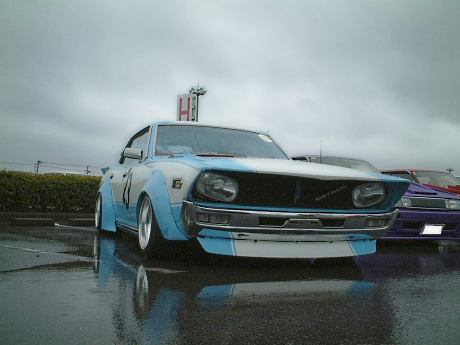
#23 Bosozoku style Nissan Cedric 230
You see, it even got the stance right!
Compared to that this kyusha styled Cedric suddenly doesn’t look that stunning anymore:
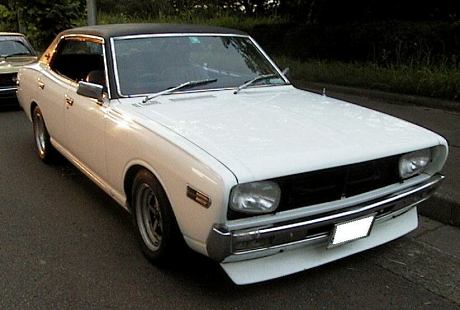
Kyusha styled Nissan Cedric 230
The Cedric and Gloria 230 did share the same floorpan and body, but in contrary of the 330 they did not share the same face: they still had their individual front ends. Only starting with the 330 Nissan finally merged the two cars fully!
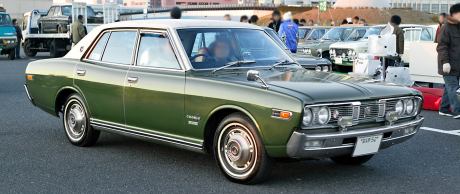
Factory stock Nissan Cedric 230
Both cars were featuring several L series inline 4 and inline 6 engines, so the L20, L24 and L26 were all available.
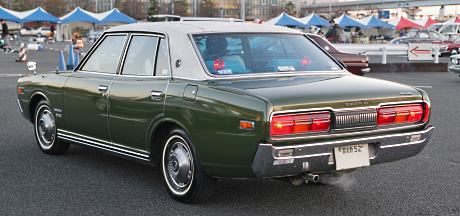
Factory stock Nissan Cedric 230
The Nissan Cedric/Gloria 230 is a rare sight at the bosozoku meetings and we do have an idea why. First reason:
Many 70s and 80s Japanese police series used/abused the Nissan Cedrics and Glorias to make spectacular car chases. It was not uncommon to wreck up to 15 or 20 cars per chase! And the biggest problem was that the Cedric and Gloria were mostly used as policecars, so they were wrecked in masses!
Second reason: the image of a policecar is not really appealing to a bosozoku!
And the third reason: rust! There are not many Cedrics and Glorias left.
Personally I do prefer the Cedric/Gloria 330 over the 230 and that’s probably just like every bosozoku boss would!
by banpei with no comments yetRare Bosozoku cars: Mazda Savanna RX3
It is a bit weird: in contrary of the Mazda Cosmo AP RX5 the Mazda Savanna RX3 is a very rare Bosozoku styled car. We could only find two pictures of one single car!
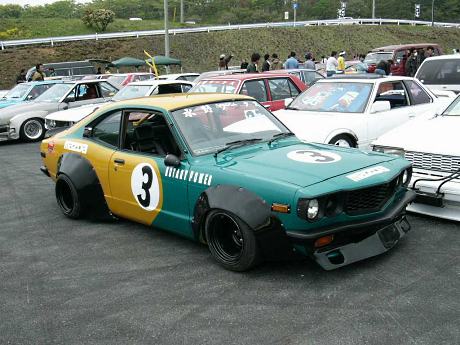
Bosozoku style Mazda Savanna RX3
Even though the Cosmo AP RX5 is a much bigger and meaner looking car, the Savanna RX3 is looking a lot meaner than its predecessor the Mazda Familia Rotary R100 and should really appeal all petrolheads.

Bosozoku style Mazda Savanna RX3
The Mazda Savanna RX3 also had a big racing history: it debuted in 1971 at the Fuji 500 Tourist Trophy race and won instantly! It came just in time to prevent the Nissan Skyline GT-Rs from getting 50 consecutive wins for the Japanese Grand Prix!
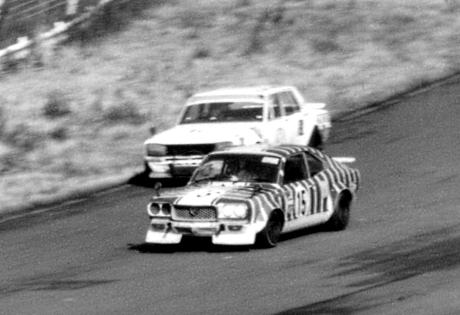
Winning Mazda Savanna RX3 on Fuji Speedway Tourist Trophy
If you are interested in this race, Japanese Nostalgic Car blog wrote an excellent article about this race!
The RX3 then continued to race for many years afterwards and even got over 100 victories at the end of 1976. It even is still being used for many different races nowadays: amoung them dragraces as well:
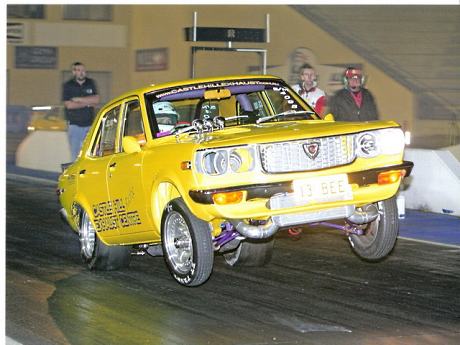
Mazda RX3 drag racer
The RX3 is based upon the Mazda Familia 808 platform (in some countries called 818), but then powered by a rotary engine instead of the inline 4 of the 808/818. The outside of the car remained the same except for the twin round headlights at the front and the round taillights at the back of the car.
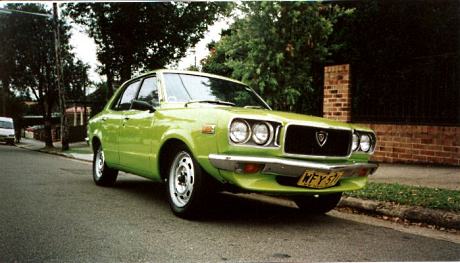
Factory stock Mazda Savanna RX3 4 door saloon
On the inside the interior was a bit more sportier than the standard Familia: the dash remained the same but it featured semi bucket seats.
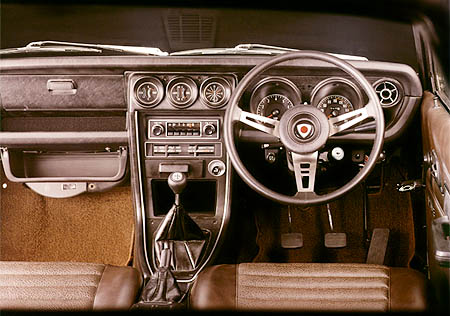
Mazda Savanna RX3 interior
What really helped was the weight of the car: the Familia only weights 865kg, so adding a powerfu
l rotary to such car makes it an instant winning combination! However the car still featured leaf springs and a live axle, so the handling of the car was not as good as the RX2 Capella. But what can you expect from a family car?
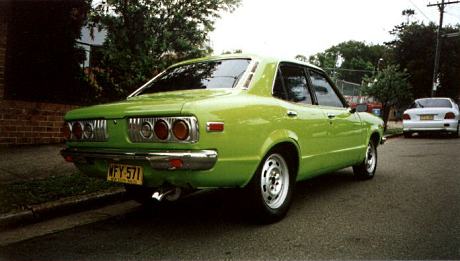
Factory stock Mazda Savanna RX3 4 door saloon
The Savanna was not only limited to the Coupe version of the Familia, but also delivered on the 4 door saloon and 5 door station van.
In Japan, Australia and Europe the Savanna was delivered with the 10A engine, while in the US only the 12A featured on the car. Starting from 1975 all it got an update and since then all Savanna RX3s got the 12A engine.
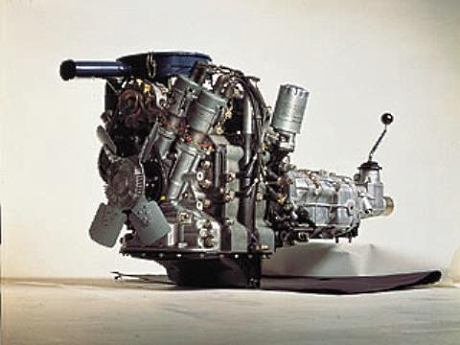
Mazda 10A Wankel engine
Of course the sporty image of the RX3 had to be mentioned over and over again. Take for example the poster for the RX3 SP:
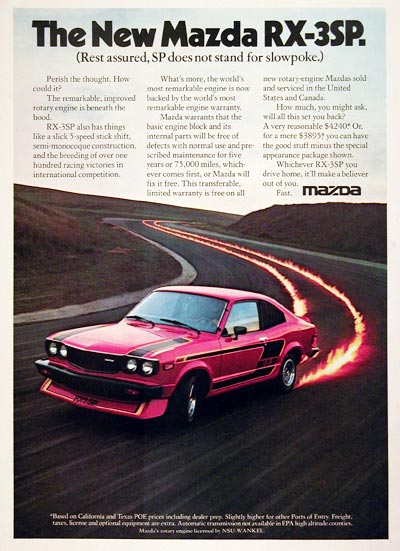
Mazda RX3 SP: not a slowpoke
All in all I don’t really understand why the Savanna RX3 is not a popular bosozoku style car: it looks bad, it had racing history (with wide fenders!), it features a rotary and best of all it was also available in 4 door saloons! A large package of elements which create a good foundation for a popular bosozoku car!
Maybe that is the whole point: it just reminded too much of the Familia family car. Or maybe it became an instant classic and the price remained too high during the 80s and 90s? Or maybe it was just the wrong car: the car that killed the 50th consecutive victory of the Skyline? Or maybe it was too small: the car is the size of a Nissan Sunny or Toyota Corolla. Who knows?
by banpei with 4 commentsRare Bosozoku cars: Toyota Crown S6/S7
This week we have a real oddity: a Toyota Crown MS65 sedan carbio:
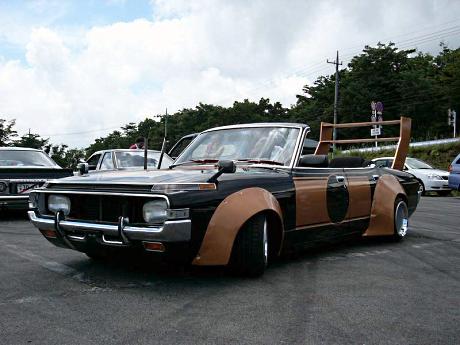
Rare bosozoku car: Toyota Crown MS65 sedan cabrio
I only saw one picture of a bosozoku styled Toyota Crown before, but that was the same car before it became a cabrio:
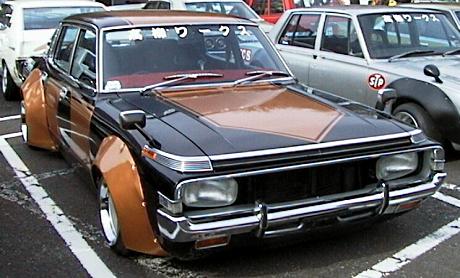
Rare bosozoku car: Toyota Crown MS65 sedan
This is just the same as with the Galant Lambda: the car looks bonkers, as the Brits would call it, and it really makes a beautiful Bosozoku styled car. Als the MS75 hardtop is a good counterpart for the superfluous Ken-Meri Skylines we see too often… However it just doesn’t make it as a typical Bosozokus styled car because the car is lacking something: it wasn’t really meant for sports and racing!
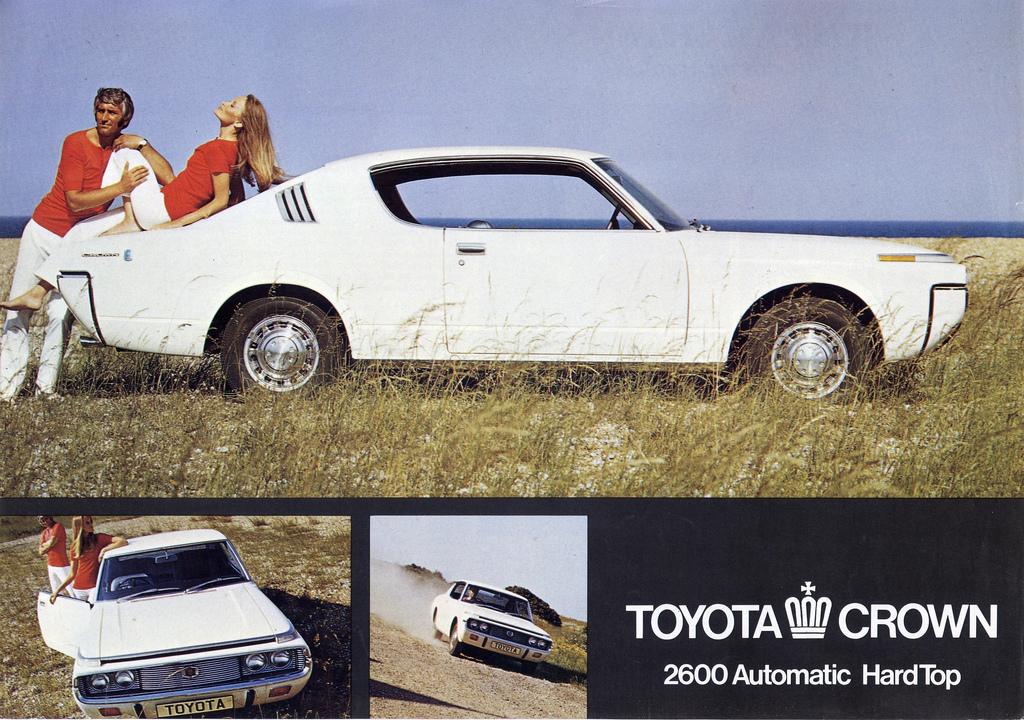
Factory stock Toyota Crown hardtop coupe MS75
The Crown S6/S7 was the fourth generation of the Toyota Crown, however it was the first Crown to be marketed as Crown in Japan: previous generations were called Toyopet.
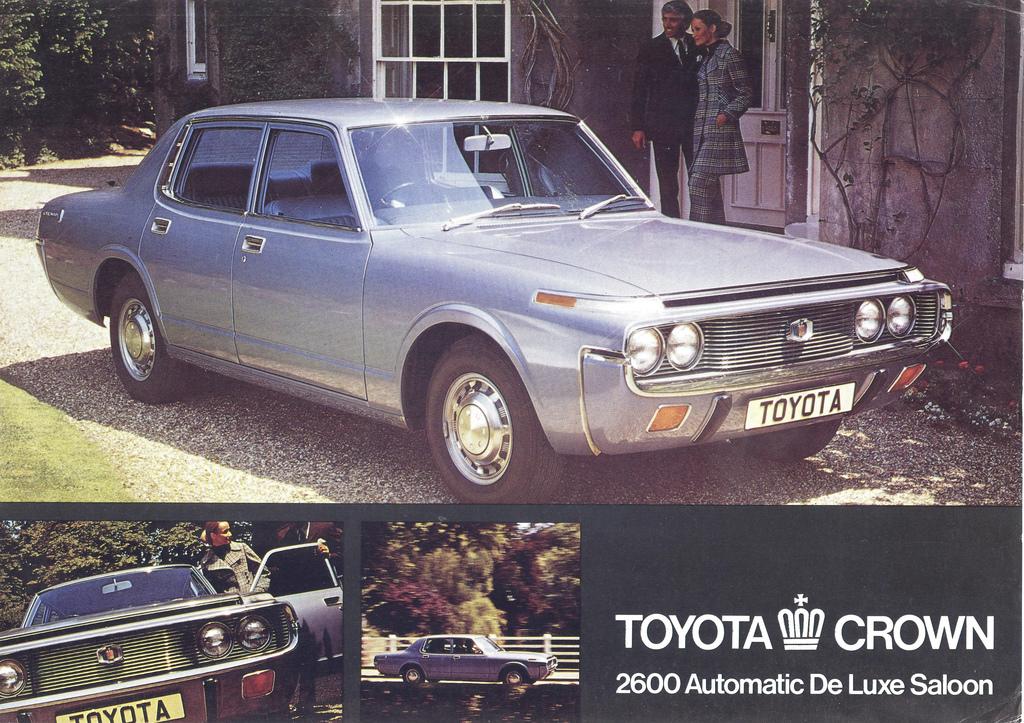
Factory stock Toyota Crown sedan MS65
This new crown featured the new 4M 2600 engine, which was the 2.6 liter version of the M engine. The older 2 liter 1M was also still available.
The Crown was meant as a luxury car and the Hardtop coupe was meant as a “personal luxury car” before that term became a hyped thing in the late 70s.
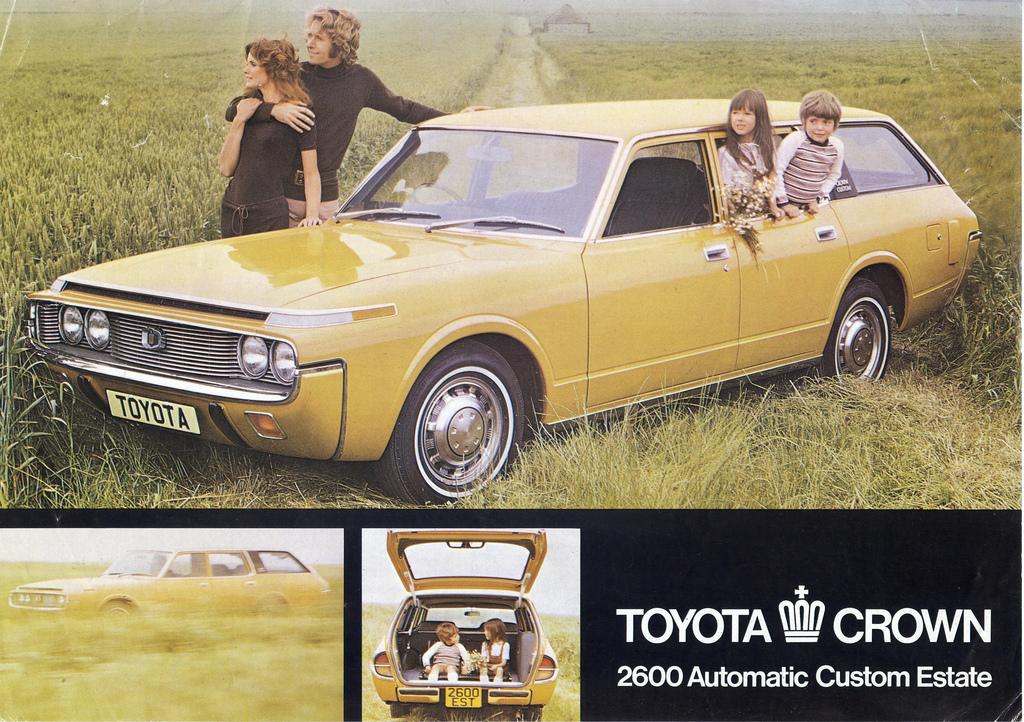
Factory stock Toyota Crown Estate (van) MS63
The Mark II (and later on the Chaser) were meant as the sporty cars between the Corona and the Crown. The Mark II did feature the 4M engines later on so it is understandable why the Crown hardtop coupe never really became a sporty car.
by banpei with no comments yetRare Bosozoku cars: Mitsubishi Galant Lambda
This week we feature another rare Bosozoku styled car. This time I did find two Bosozoku styled examples of this car in contrary of the singular examples I previously posted.
This time we feature two Mitsubishi Galant Lambdas in different styles:
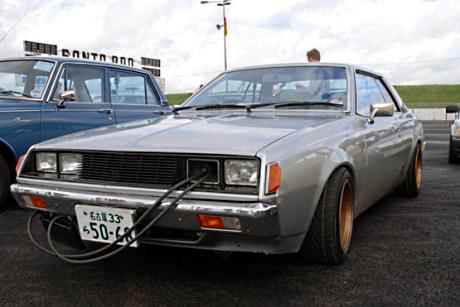
Mild Bosozoku styled Mitsubishi Galant Lambda
This Galant Lambda is a bit of a Kyusha styled car. Very nicely slammed to the ground with some phat rims and a nice oil cooler sticking under the bumper.
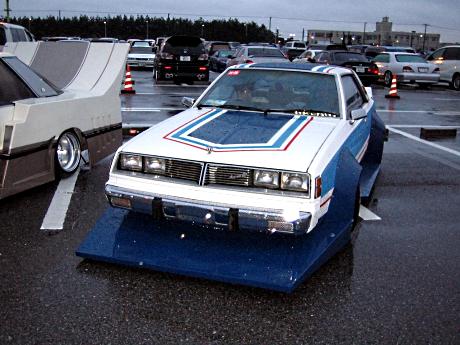
Wild Bosozoku styled Mitsubishi Galant Lambda
This wildly bosozoku styled Galant Lambda has it all: big overhanging lip at the front, big fenders, spoiler on the boot, 70s paint scheme, chromed mirrors and bumper, a hood ornament and let’s not forget the Astron 80 badge on the grille!
The Mitsubishi Galant Lambda was also known as the Mitsubishi Sapporo in the EU, Dodge Challenger and Plymouth Sapporo in the US, Chrysler Scorpion and the Mitsubishi Scorpion in Australia and the car was also known as the Colt Sapporo in the UK. That’s a lot of names!
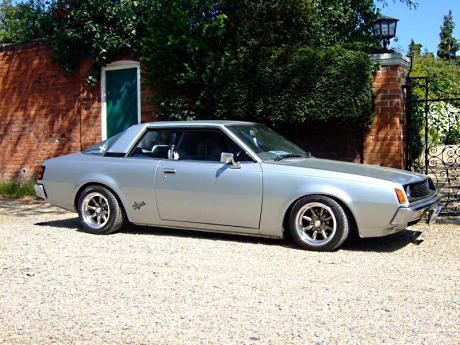
Almost factory stock zenki (1976-1980) Galant Lambda
The Galant Lambda was marketed as a “personal luxury car” which meant it was not considered a coupe. It was supposed to be a two door luxury vehicle based on a car from the larger model lineup. Most likely to match the “hardtop” designation by Toyota for the Crown and Chaser which were immediate competitors.
The car had a facelift in 1980 which resulted in a new grille with fixed lights, B pilar going into the roof lining instead of being a seperate beam, new rear lights and a set of spoilers to get it into the 80s era.
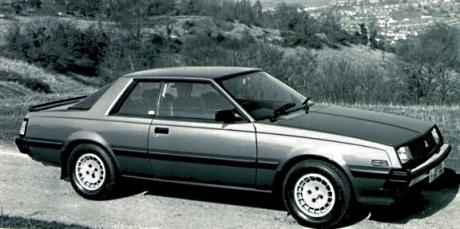
Factory stock kouki (1980-1982) Galant Lambda
The Galant Lambda featured several engines but the 4 cylinder Astron 80 was the most favorable engine of them all: it featured the “silent shaft” system. The “silent shaft” system was an improved version of a single balance shaft which counter balanced the vibrations made by the inline piston engine design. This system was the first use of twin balance shafts which enabled Mitsubishi to improve stability in the Astron engine and enlarge the engine over 2 liters. The Galant Lambda Astron 80 featured a 2.6 liter engine, a figure which was in the 70s normally only obtainable by adding at least two extra cylinders!
The Galant Lambda featured a futuristic design both outside and inside. It features a single spoke steering wheel and a wild spaceage interior. This interiour looked just as good as the interior of a Citroen SM back in 1976!
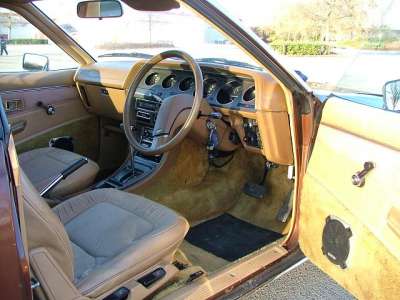
Factory stock interior Galant Lambda
On one side I understand why the Galant Lambda is a rare Bosozoku car: it is already a very wild styled car, on the other hand I don’t understand it: it reads potential all over it.
Perhaps it has to do with the brand Mitsubishi: Mitsubishi focused primarily on smaller cars during the 60s and early 70s while Nissan and Toyota already sold the larger saloons. Resulting in Mitsubishi’s being the 5th largest car manufacturer in Japan. Also Mitsubishi focused on Rally and not on circuit racing so they missed the Granchan followers.
As an ex-Mitsubishi owner I always wanted to buy a good condition Sapporo, however an AE86 came in between. Who knows, maybe I’ll own one myself one day. One thing is for sure then: it won’t be Bosozoku styled! 😉
by banpei with 3 commentsRare Bosozoku cars: Mazda RX7 FC
This week we have another unpopular Bosozoku styled car: I initially planned to do a popular bosozoky styled car with the Celica XX but then I realized I already did the Corona RT40 last week, so the Celica XX feature will have to wait a few weeks I guess.
Anyway, I did see a lot of RX7 SA/FB Bosozoku styled cars but that is quite natural since the SA/FB raced in the Super Silhouette races. However I only found one Bosozoku styled RX7 FC:
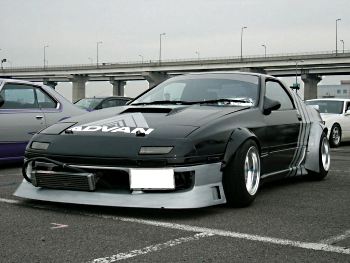
Bosozoku styled Mazda RX7 FC
You could consider this FC a bit of a mix between racing style and Kyusha style, but the huge lip and oil cooler in front makes it Bosozoku styled!
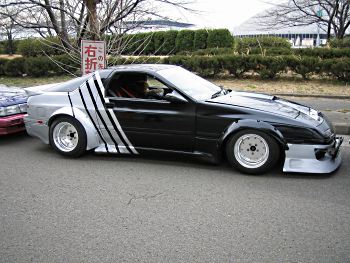
Bosozoku styled Mazda RX7 FC
I have no idea why the RX7 FC would be an unpopular Bosozoku car: it is Mazda, it is rotary and it looks like a Porsche 928/944… Maybe it is too modern?
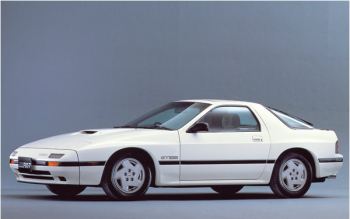
Factory stock Mazda RX7 FC
Back in 1986 the FC replaced the SA/FB and was produced till 1992 when it was replaced by the FD. The SA/FB was a more popular than the FC: the FC only sold half of the SA/FB in numbers.
But the FC was actually a better car than the SA/FC: it was very modern, had a better engine, featured ABS, adjustable suspension and even featured a convertible!
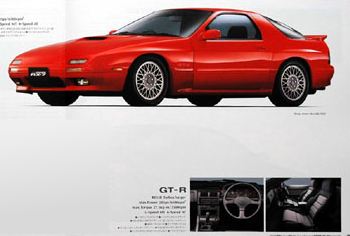
Factory stock Mazda RX7 FC
The FC only featured the 13B engine which was available naturally aspired and turbocharged. The power ranged from 146hp to 200hp.
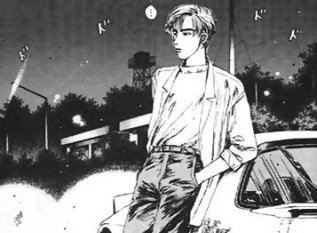
Ryosuke Takahashi and his white FC
Lately the FC became very popular after Initial D featured a white FC driven by Ryosuke Takahashi. He is one of the most charismatic persons in that series and his FC is styled very subtile so it is actually the opposite of the Bosozoku styled FC at the top of this article. 😉
